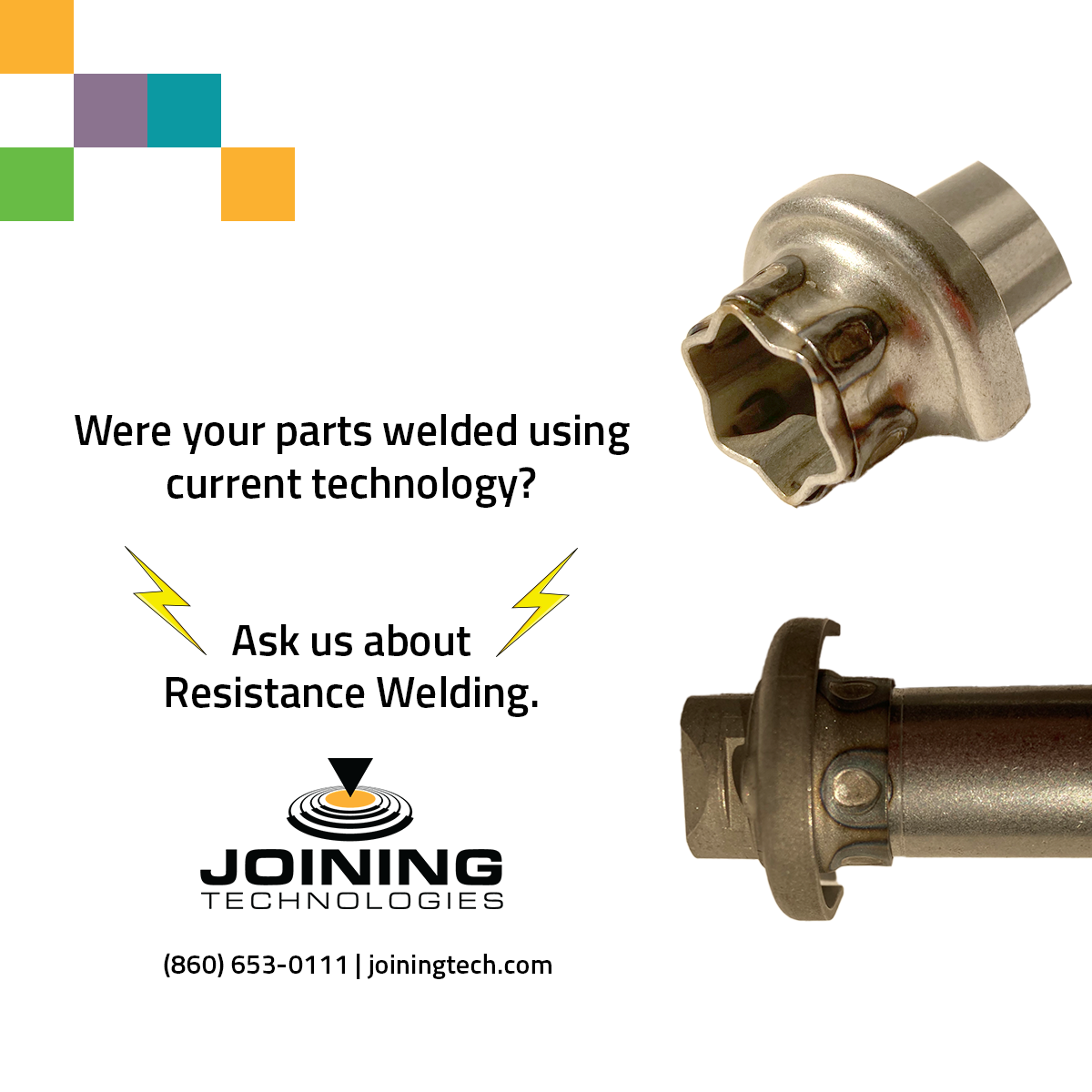
Resistance spot welding applications go beyond the automotive industry. This article will briefly explore what resistance spot welding is, and what components can be made using this process.
What is Resistance Spot Welding?
Resistance spot welding joins pieces of sheet metal using pressure and an electric current. It’s a high-speed process that produces strong welds with no filler, making it unique among other welding processes.
What is Resistance Spot Welding Used For?
Automobile manufacturers use resistance spot welding very widely, but they aren’t the only ones who can benefit from using “current” technology. This process is efficient on time and cost, and it’s environmentally sustainable. A few notable resistance spot welding applications include:
-
Metal frame assemblies
Steel and aluminum frames that use thin sheets of material are ideal for resistance welding. From furniture to firearms, resistance welding can achieve structural support using spot welds.
-
Battery manufacturing and electronics
In lieu of soldering, spot welding can attach nickel strips to battery terminals. Because less heat is used using this method, the integrity of the battery is preserved.
-
Gas control components
Found in semi-automatic firearms, gas systems enable automatic reloading. Some of the components that make up these systems can be resistance spot welded.
-
Kitchen tools
Thin metals are used in all kinds of tools and appliances for the kitchen. Cookie cutters are a great example. Others include range hoods, pot handles, and chimneys.
-
Wire mesh
You’ll find welded wire mesh in outdoor fences, but it’s also used in construction to reinforce concrete.
What materials can spot welded?
Thin sheets of low-carbon steel, titanium, stainless steel and aluminum are popular choices. At Joining Technologies, we’re able to weld 1.58mm aluminum, and 3mm steel.

Want to learn more about resistance spot welding applications?
Here’s another blog you might be interested in.